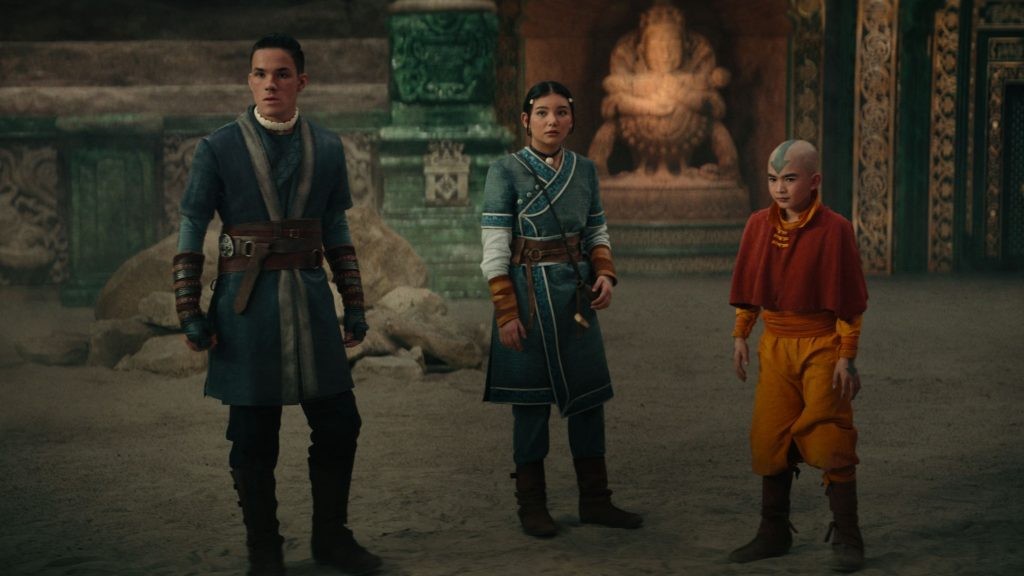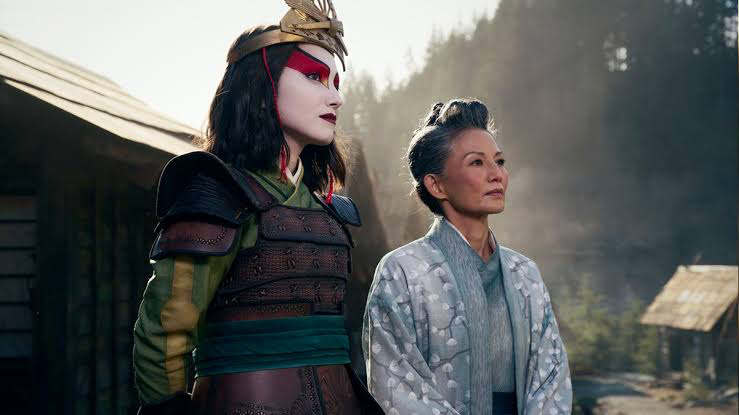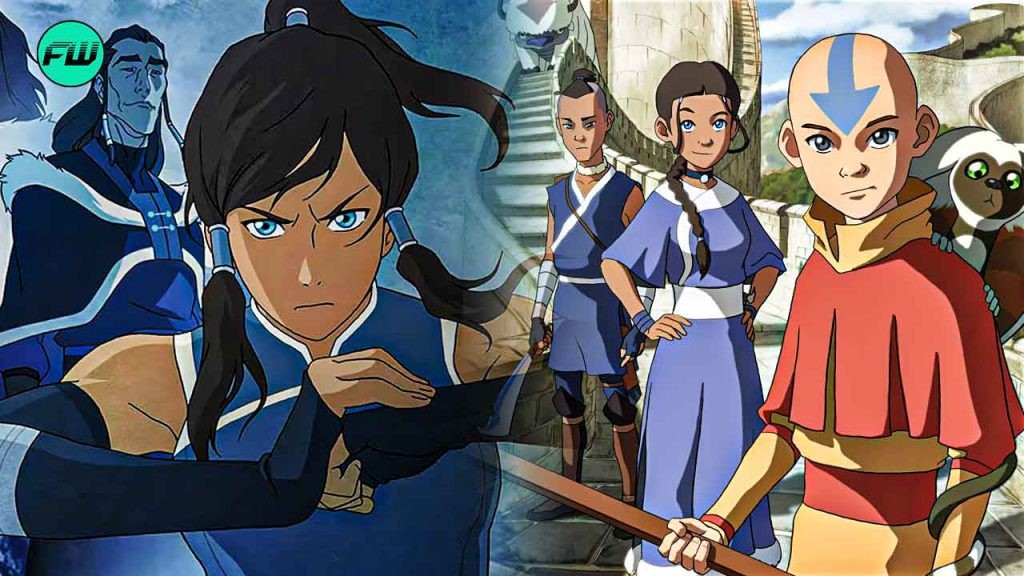In the realm of cinema and television productions, visual effects often reign supreme, which helps blend reality with digital artistry and transport audiences to fantastical worlds. However, while most Hollywood projects turn out to be entirely CGI-driven spectacles, Avatar: The Last Airbender emerged as a rare gem majorly dependent on practical effects.

Crafting the live-action version of the beloved 2005 anime property, Emmy-winning production designer Michael Wylie noted how he not just delivered a remake but also surprised fans with iconic visuals. Using old-school practical effects with finesse in Avatar: The Last Airbender, Wylie simply left keen-eyed viewers marveling in disbelief.
The Stunning Balance of Authenticity and CGI in Avatar: The Last Airbender
Adapted from the 2005 beloved animated series, the live-action rendition of Avatar: The Last Airbender loyally delved into the story of the fantasy world where four factions of humanity coincide with the natural elements of earth, water, air, and fire. But apart from remaining true to the source material, the Netflix show did something that most live-action adaptations fail to achieve.
According to Goldderby, the live-action Avatar: The Last Airbender successfully managed to strike a delicate balance between digital enhancement and practical effects, that left fans in awe. Led by production designer Michael Wylie, the show meticulously built most of its sprawling sets while simultaneously using an on-set virtual production visual effects technology famously used in The Mandalorian.

This isn’t a documentary, we’re not making a documentary, we’re making a really pretty TV show, where we want people to go, ‘Wow, that looks cool. I want to go there’. So I would get in so much trouble if I got rated on how authentic or inauthentic all of this stuff was. Because it’s not and I don’t think it has to be — I err on the side of pretty and fun. Tons of productions are happily authentic — with not a piece of anything out of place. I’m just not that guy.
Admitting his equal use of CGI and practical effects while producing Avatar: The Last Airbender, Emmy winner Michael Wylie then reflected on the scenes that were a stunning blend of real-world craftsmanship and subtle digital enhancement.
Michael Wylie’s Meticulous Use of Practical Effects in Kiyoshi Village Scenes
During his discussion with the outlet, Michael Wylie clarified that while he used the visual effects technology to his advantage, Avatar: The Last Airbender wasn’t all CGI, and production wasn’t kept locked within the walls of his set. According to Wylie, his team of creative professionals crafted some outdoor sets, including Kiyoshi Island, which was made entirely from scratch in the woods of Vancouver.
Reflecting on the fictitious Kiyoshi Village, which captured the attention of fans as a stunning fantasy world, Michael Wylie popped the bubble of the myth that it was built with CGI. Stating how the village was conceived and constructed entirely from nothing, Wylie highlighted the work that went behind the intricate details, that were flawlessly crafted to evoke an authentic sense of nostalgia and offer an idea of ancient settlements.

It became very apparent to some of us that we needed to get off that stage every once in a while… [So we] built the roads and we built the buildings and we built everything. We built a river that ran through the middle of it. It was an incredible undertaking. But it worked out great for us. Because we’re able to get off the stage, we were able to get out of the studio, we were able to open the show up quite a bit.
Spearheaded by Michael Wylie, what makes the Kiyoshi Village scene particularly noteworthy is its seamless integration of practical effects with minimal use of CGI. By building tangible sets and employing practical effects, Avatar: The Last Airbender breathed life into the anime’s richly imagined world. Moreover, the visualization was done with such perfection that audiences failed to distinguish authenticity from visual effects.
Avatar: The Last Airbender is available on Netflix.


